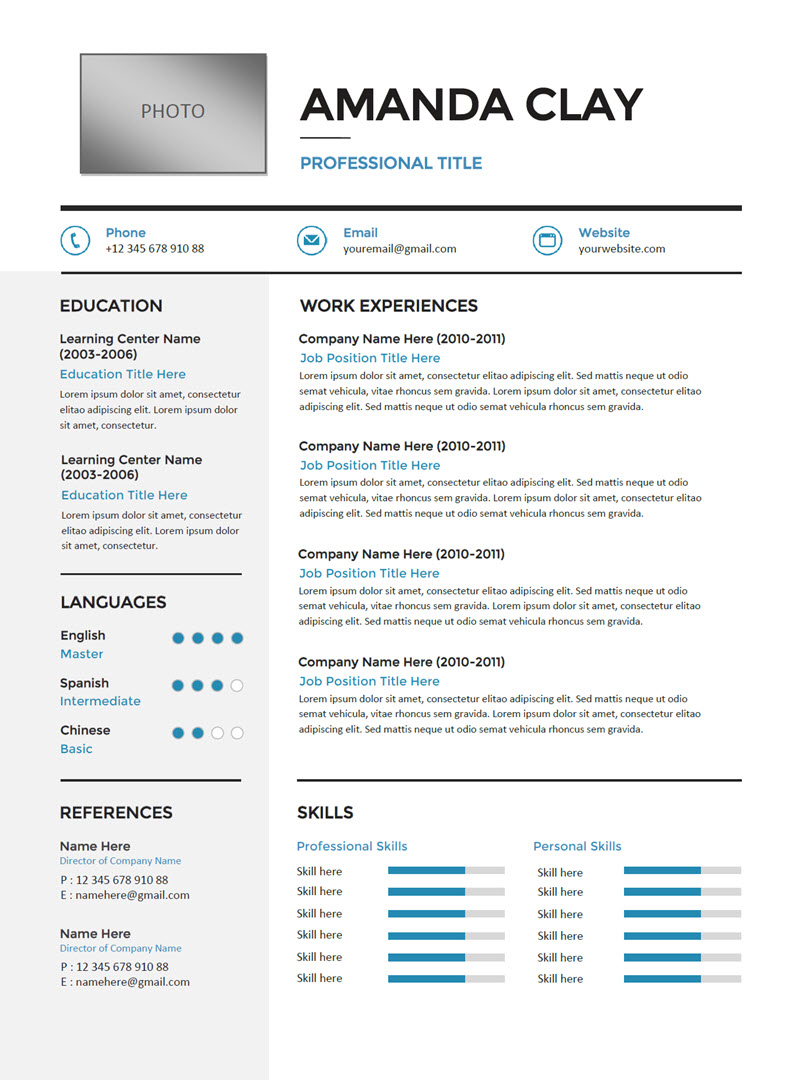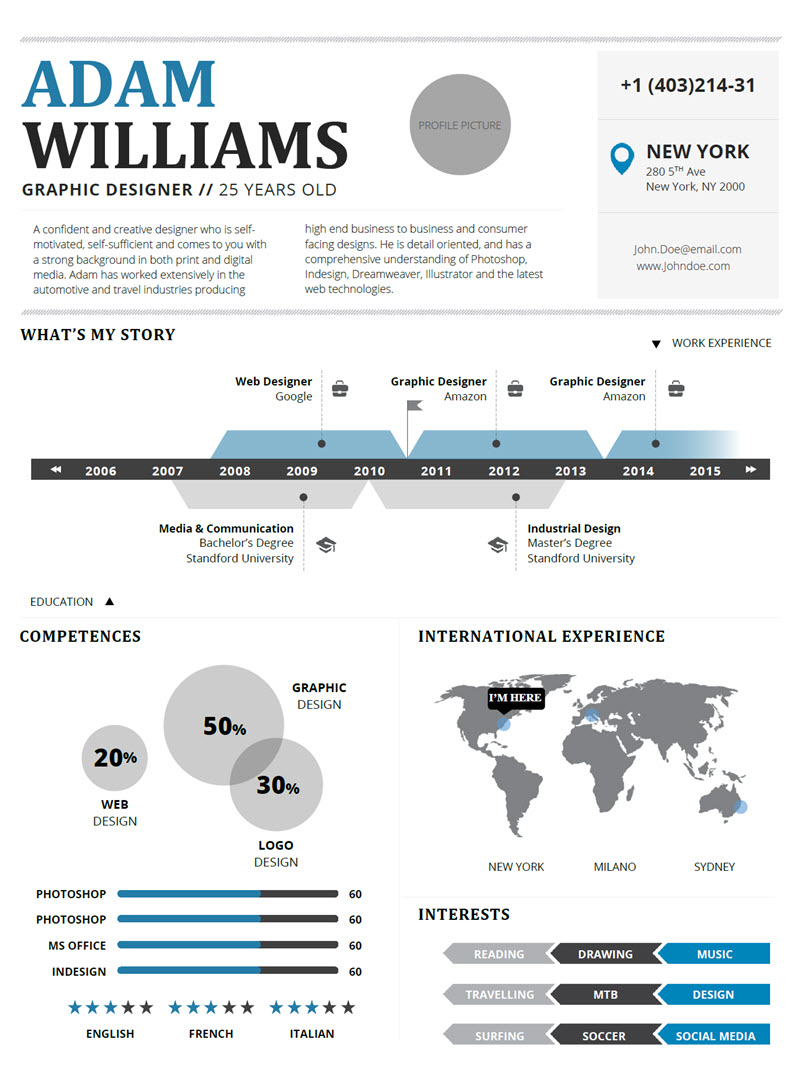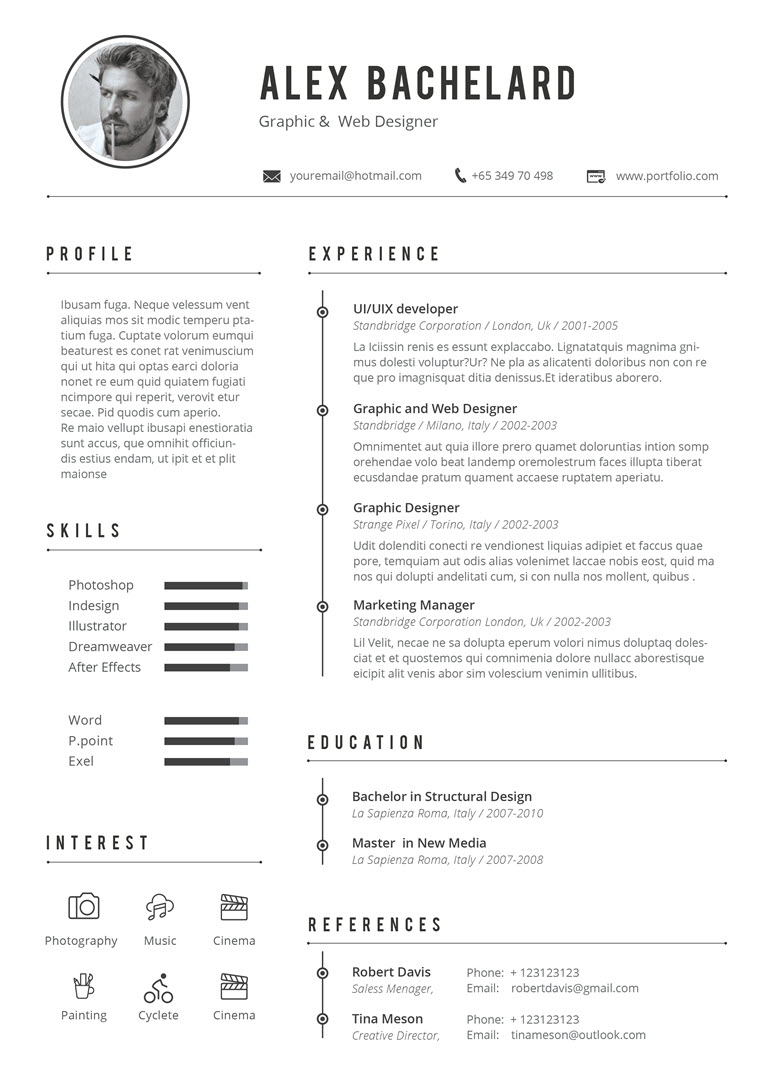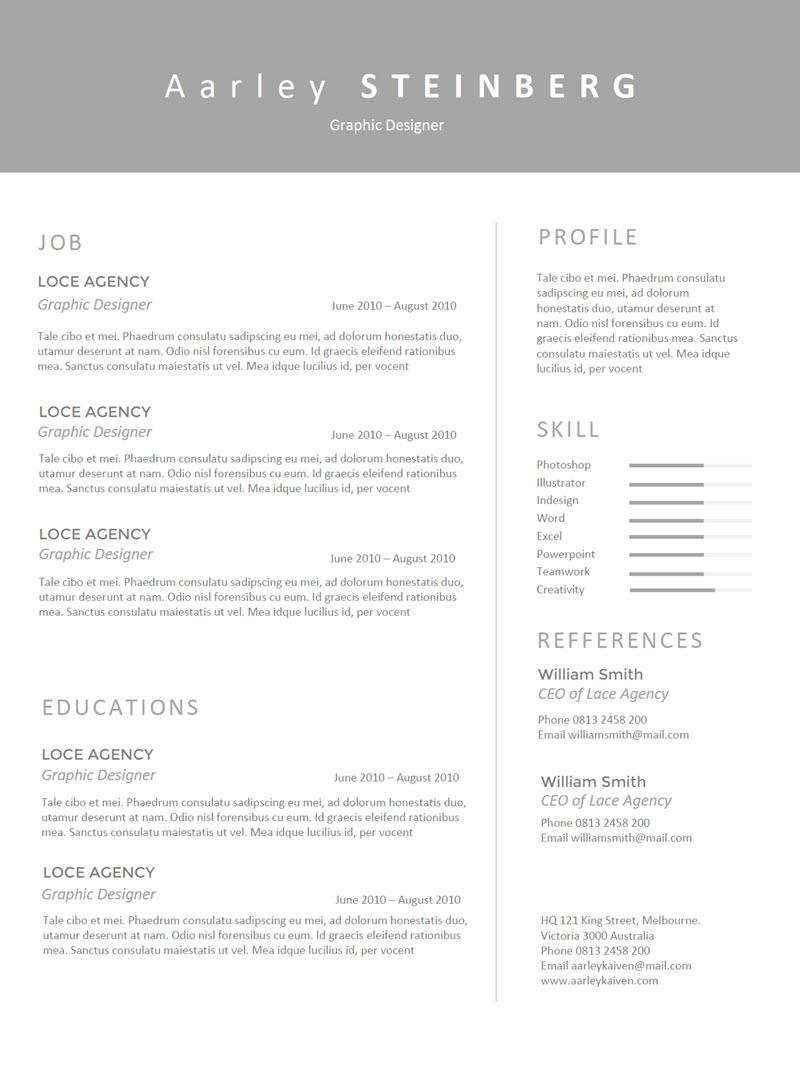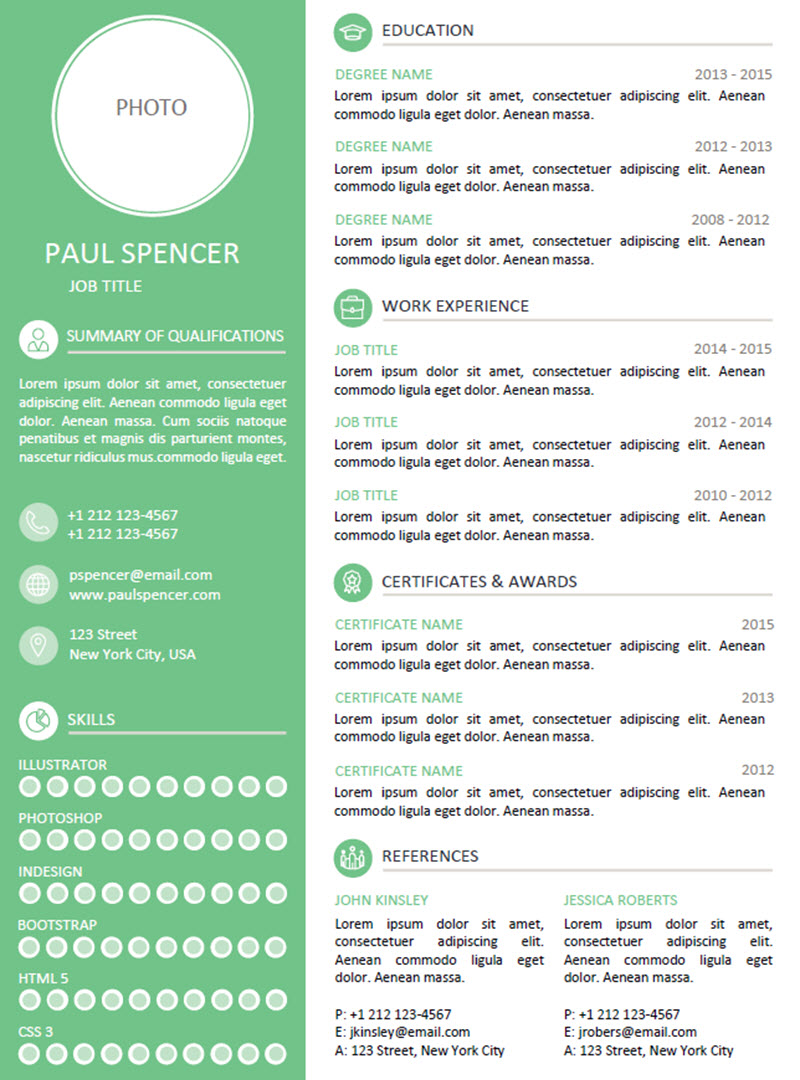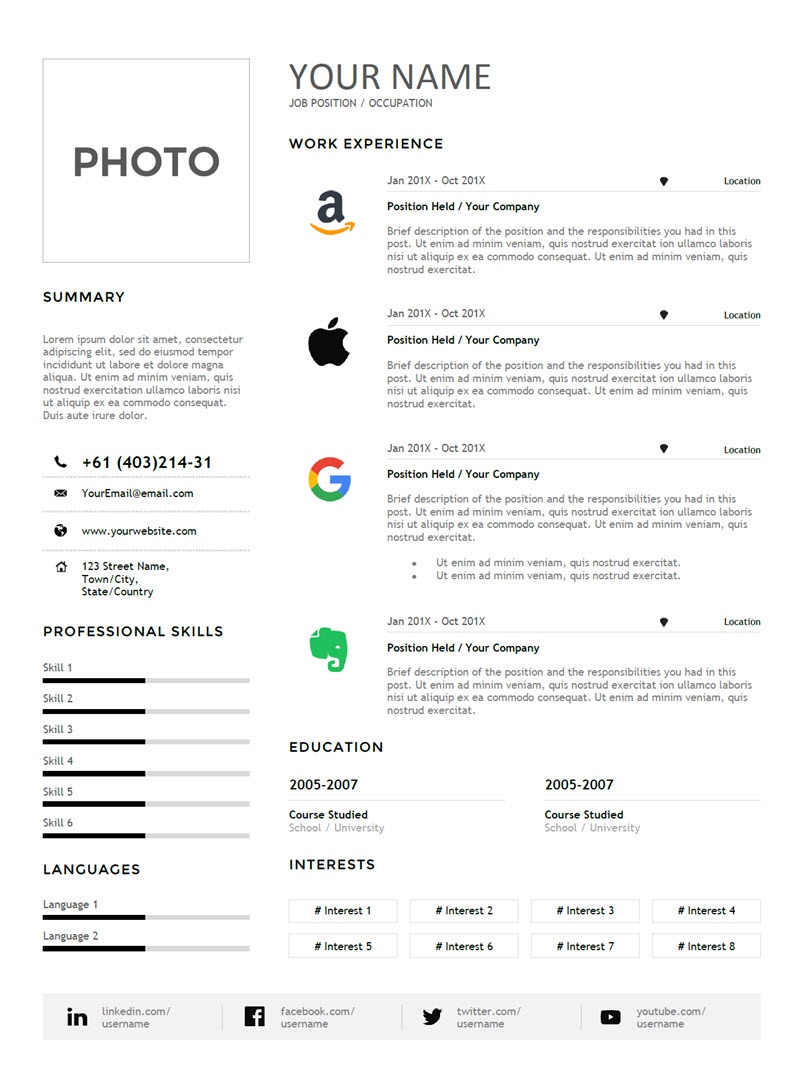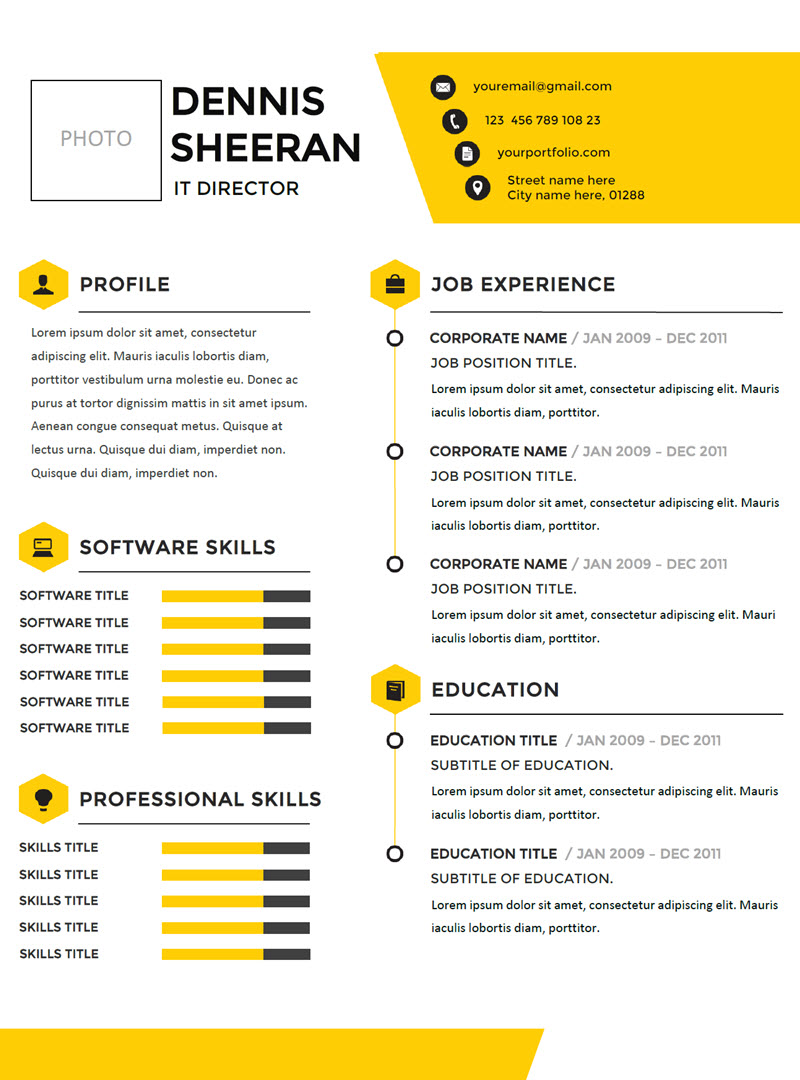How to Write a Resume
Everyone knows that it is important to have a crisp, effective resume – a polished resume. Whether you are looking for a change or just want to refine your career story, this is a very significant activity. We realize and empathize with the fact that it usually doesn’t feel very exciting. Times of transition are marked with a feeling of uncertainty and possibly even anxiety. Take comfort in knowing that what you are feeling is normal. What many do not realize is that polishing a resume requires a lot of introspection – a process of discovering and re-discovering who you are and what your passions are. Our team of counselors and industry experts can help guide you through that process so that you can confidently present the best of what you have to offer in any occasion.
There are many resources online that provide a variety of good sample resumes. We’ve provided various free resume templates on this page for you as well. But it’s important to understand the type of content you want to include in each part of your resume which is why we’ve constructed a fictitious resume that employs a modern, well-balanced style.
We will walk through the major sections of this resume and highlight the key things for you to consider in each of these sections. We welcome you to explore these recommendations and utilize them on your own resume.
Study below, our fictitious employee’s resume, Luke Forjobson.
Resume Headings
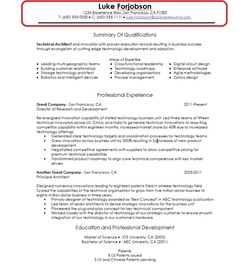 At a minimum, the heading contains your name, mailing address, contact phone number, and email address. These days, some candidates choose to include their LinkedIn or personal webpage, as well. This is optional and most employers are able to easily locate those resources on the internet even if you do not provide it on your resume.
At a minimum, the heading contains your name, mailing address, contact phone number, and email address. These days, some candidates choose to include their LinkedIn or personal webpage, as well. This is optional and most employers are able to easily locate those resources on the internet even if you do not provide it on your resume.
There are some other subtleties to consider with the heading block. For example, which font will you use? Most professional resumes stick with Times New Roman, Arial, or Century Gothic. These fonts are crisp and do not cause unnecessary distraction. Also, note that the email address is colored blue. Tradition limits the resume to purely black and white, but that tradition came to be due to the fact that printers were limited to black and white and color printing was expensive. These days, it is still uncommon to use color and I would discourage going overboard with it. Judicious use can however, help your resume stand out.
Note, also, that Luke chose to add an aesthetic horizontal separating line below the heading and above his “Summary of Qualifications.” You will likely experiment with several different styles as you write your resume. Whether you choose to use a separating line, choose to justify the text to the left, center, or right, among other things will depend on how the document balances when it is complete.
Some of the free resume templates offered on our site illustrate some tasteful use of color and separating lines in more modern resume formats.
Summary of Qualifications / Resume Objective
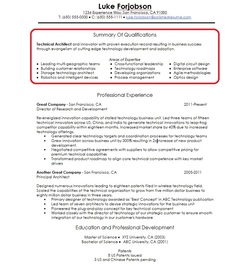
If the resume creates a first impression for you, then the “Summary of Qualifications” (also sometimes be called the resume “Objective”, “Overview”, or “Profile”) section creates a first impression for your resume. The purpose of this section is to provide the reader with a very efficient statement about your passions and your success highlights. A prospective employer should be able to take a look at this section and quickly identify the difficult problems you are capable of solving for an organization.
You may be accustomed to using an “Objective” statement here. Some people still choose to use these, but there are generally two problems with this approach:
- An “Objective” clause is generally very generic and it doesn’t differentiate the candidate from all the other candidates applying for the same position.
- In most companies, other than very entry level roles, the problems that need to be solved are a bit more complex than can be summarized by a job title.
Next, note that Luke chose to generate a bulleted list of his areas of expertise. This is a good practice in this section. Again, the theme of your resume is your passions and your success highlights. The average resume is reviewed for roughly forty-five seconds. Many employers will not even bother reading about your experiences if the “Summary of Qualifications” section doesn’t appeal to the challenges they are facing at their organization.
Professional Experience on Your Resume
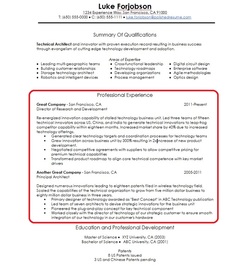
A good resume is like a well-written essay. Like an essay, the resume has a thesis – your passions and experiences provide a unique capability to solve the problems that the prospective employer is facing. The “Professional Experience” section are the relevant examples that supports that thesis.
Note that Luke provides a short summary statement of the impact of his work at each of the companies he listed. He then highlights three or four bullet points that represent his key achievements that led to the impact statement. All of the experiences listed directly support his claim of being an “innovator with a proven execution record.” The resume is not a laundry list of accomplishments and jobs performed.
On this topic, although there is no official rule, most professional resumes are no longer than two pages. Different countries and cultures have different norms on this rule, but the US is fairly consistent in that rule of thumb.
Education and Skills to Put on a Resume
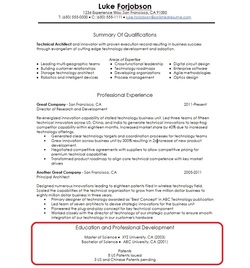
Luke chose to list the academic degrees he has been awarded and his patents. In accordance with the “thesis” he devised in the “Summary of Qualifications”, these two sections are the minimum he should provide. Some people ask whether they should include their hobbies. Luke enjoys hiking, but unless he can find a way to tie it back to his thesis, I would not advise that he include it.
In a similar way, Luke also chose not to add a “Skills” section to cover his knowledge of “Microsoft Word, Excel, and Outlook.” These are very basic skills compared to the role he is seeking. It will be assumed by any employer seeking a role at Luke’s level that he is proficient in these tools. On the other hand, if Luke is an expert with computer-aided design (CAD) tools, then he may want to consider listing it in a “Skills” section.
The point is that whether you decide to include a “Skills” or “Hobbies” section or any other section for that matter, make it a conscience choice which results from a belief it sets you apart in a way that supports your “thesis”.
Never place anything on your resume to add filler.
Congratulations! We have studied all the major sections of a well-written resume at this point. Hopefully, this is helpful to you in creating your own resume. Once you get a solid draft of your own resume, feel free to get in contact with our experts to help you polish it!

